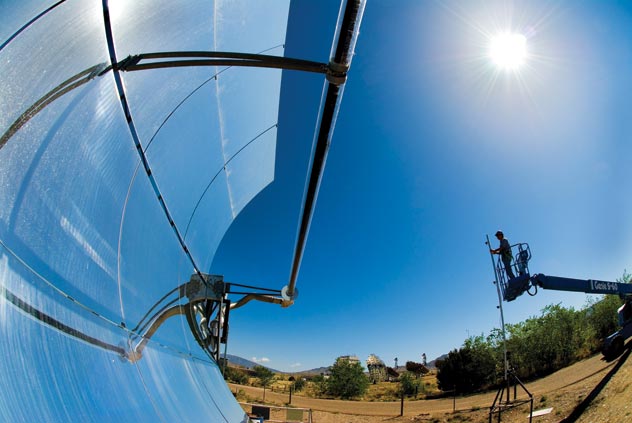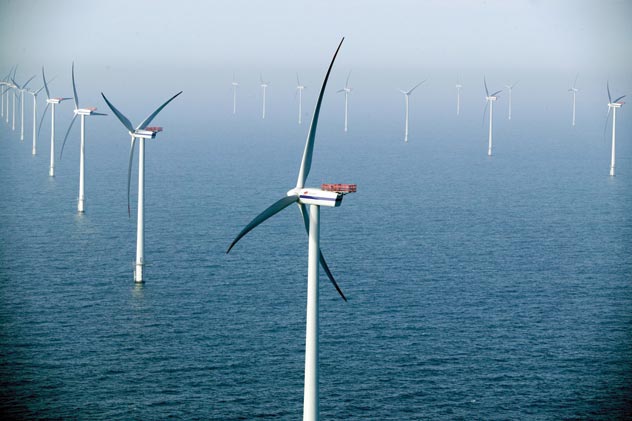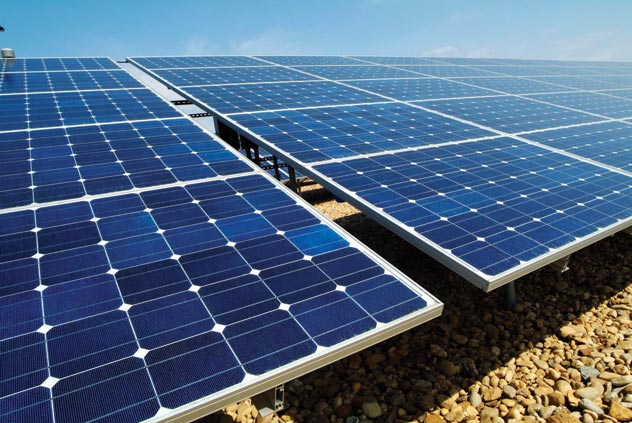|
|
|
ADVERTISEMENTS
|
|
PREMIUM
- HAPPY HOLIDAYS!
- Siliconeer Mobile App - Download Now
- Siliconeer - Multimedia Magazine - email-Subscription
- Avex Funding: Home Loans
- Comcast Xfinity Triple Play Voice - Internet - TV
- AKSHAY PATRA - Bay Area Event - Sat. Dec 6
- Calcoast Mortgage - Home Loans
- New Homes in Silicon Valley: City Ventures - Loden Place - Morgan Hill
- Bombay to Goa Restaurant, Sunnyvale
- Buying, Sellling Real Estate in Fremont, SF Bay Area, CA - Happy Living 4U - Realtor Ashok K. Gupta & Vijay Shah
- Sunnyvale Hindu Temple: December Events
- ARYA Global Cuisine, Cupertino - New Year's Eve Party - Belly Dancing and more
- Bhindi Jewellers - ROLEX
- Dadi Pariwar USA Foundation - Chappan Bhog - Sunnyvale Temple - Nov 16, 2014 - 1 PM
- India Chaat Cuisine, Sunnyvale
- Matrix Insurance Agency: Obamacare - New Healthcare Insurance Policies, Visitors Insurance and more
- New India Bazar: Groceries: Special Sale
- The Chugh Firm - Attorneys and CPAs
- California Temple Schedules
- Christ Church of India - Mela - Bharath to the Bay
- Taste of India - Fremont
- MILAN Indian Cuisine & Milan Sweet Center, Milpitas
- Shiva's Restaurant, Mountain View
- Indian Holiday Options: Vacation in India
- Sakoon Restaurant, Mountain View
- Bombay Garden Restaurants, SF Bay Area
- Law Offices of Mahesh Bajoria - Labor Law
- Sri Venkatesh Bhavan - Pleasanton - South Indian Food
- Alam Accountancy Corporation - Business & Tax Services
- Chaat Paradise, Mountain View & Fremont
- Chaat House, Fremont & Sunnyvale
- Balaji Temple - December Events
- God's Love
- Kids Castle, Newark Fremont: NEW COUPONS
- Pani Puri Company, Santa Clara
- Pandit Parashar (Astrologer)
- Acharya Krishna Kumar Pandey
- Astrologer Mahendra Swamy
- Raj Palace, San Jose: Six Dollars - 10 Samosas
CLASSIFIEDS
MULTIMEDIA VIDEO
|
|
|
|
|
ENVIRONMENT:
Last Chance in Cancun?
The Climate Challenge
We can’t be hopeful of any universally acceptable solution at Cancun unless we change our strategy of combating climate change, and for that, we need a paradigm shift in our thinking, writes P.P. Sangal.

(Above): At the Kramer Junction Solar Electric Generating Station, a 150 megawatt solar power plant located in California’s Mojave Desert, the plant consists of an array of parabolic mirrors. With economies of scale, the cost of solar and wind energies will drastically come down and may be even less than the energy produced by fossil fuels, if we sincerely invest in R&D.
The Kyoto Protocol of 1997 on climate change is expiring in 2012 and time is fast running out. So, we should take the Cancun (Mexico) summit — which is just round the corner — as our last chance to save the planet.
From Bali in Indonesia (2007) to Poznan in Poland (2008) and to Copenhagen in Denmark (2009), developed and developing countries have been struggling to fix desired levels of carbon emission cuts that each should adopt to ensure that global average temperature does not rise beyond 2° C (preferably, 1.5° C) by 2050 that is essential to save the world from calamity.
Also, there is no clarity whether the U.S. will commit on the quantum of emission cuts till its government passes legislation in this regard, which certainly will not happen before the Cancun summit. There are some other connected issues, too.
In view of the above grim scenario, we can’t be hopeful of any universally acceptable solution at Cancun unless we change our strategy of combating climate change. For this, we need a paradigm shift in our thinking.
Let me explain.
Our carbon emissions are rising because most of our energy (say, about 80 percent) that we use comes from burning fossil fuels, viz. coal, oil, etc., and only about 20 percent of clean energy is available as hydropower, biofuels, nuclear, wind and solar power. Out of 20 percent of total global renewable and clean energy, only a small fraction (about 0.5 percent) consists of wind and solar energy. It is these two sources of solar and wind energies where there is a huge potential for development.

(Above): Wind turbines installed in sea to harness wind energy. If we focus on wind and solar energy, we will surely be able to turn the tables upside down in a few decades when we will be producing 80 percent clean energy from wind and solar together sources with hydropower, nuclear power and in the form of biofuels and other clean energy.
If we focus on these two forms of energy, we will surely be able to turn the tables upside down in a few decades when we will be producing 80 percent clean energy from wind and solar together sources with hydropower, nuclear power and in the form of biofuels and other clean energy.
With economies of scale, the cost of solar and wind energies will drastically come down and may be even less than the energy produced by fossil fuels. This may sound like a dream to some at the present juncture. But I am sure it is possible to achieve this provided we sincerely invest in R&D of these two wonderful and never ending resources of clean energy.
Just think, who would have thought 50 years back that the great modern lifestyle comforts/luxuries and facilities we enjoy today were possible? It has been possible due to great revolutionary researches in the field of electronics, space, medical science, information technology and communication systems, automobiles, transportation, etc. Today, wars are fought with highly sophisticated weapons and equipment because of investments in their R&D on a continuous basis.
Similarly, remarkable breakthrough in production of wind and solar energies at affordable costs are possible by investing in their R&D.
Two moot questions that now arise are: How much investment is required at the global level for R&D activity, and, who should fund this research?
This requirement of funds needs to be worked carefully by experts. It has been estimated that an amount of 0.2 percent of world GDP, i.e., about $100 billion annually till 2050, would be required for R&D. This is well within the capabilities of G20 group of world’s richest countries that account for 90 percent of the global earnings. This is not an insurmountable amount if there is a serious desire to mitigate global warming.
In this connection, it is worth noting the findings of group of consultants consisting of top climate economists, including three Nobel laureates. They have appeared recently in a publication, “Smart Solutions to Climate Change” (Cambridge University Press) very recently which asserts that it would require emission reduction at the global level by about 80 percent till 2050 to keep the rise in global average temperature below 2° C.
This translates to the conclusion that while we can at the most reduce environmental damage to the tune of $1 trillion over the century, we would cut economic growth by nearly $40 trillion. Thus, emission reduction appears to be a flawed strategy to mitigate climate change and we should rather resort to innovative R&D activity for producing affordable wind and solar energies.

(Above): Photovoltaic solar panels. Out of 20 percent of total global renewable and clean energy, only a small fraction (about 0.5 percent) consists of wind and solar energy. It is these two sources of solar and wind energies where there is a huge potential for development.
Simultaneously, let the countries do whatever reduction in emissions that they want to do voluntarily without making them legally binding. We have experienced that despite legally binding emission reduction of 5.2 percent below the 1990 levels (according to Kyoto Protocol) imposed on annexure-A countries, we could achieve very little till now.
Further, for achieving success at Cancun, monitoring, review and verification of projects funded by developed countries need not be enforced as it can lead to unnecessary functional complications without serving any useful purpose.
As responsible nations, let it be left to the nations to do self-monitoring of such projects as they do with their own self-funded projects. Recent happenings in Orissa, stymieing bauxite mining plans in Niyamgiri hills by one of the world’s biggest mining companies for violating Forest Rights Act 2006, have shown what a responsible government can do.
To conclude, the author exhorts all rich nations to invest in the R&D of producing cheap wind and solar energies for the benefit of mankind and other life on earth. This should not be taken as a liability; rather, it should be taken as a big business opportunity to enhance their economies to better help in fighting the current financial crises and generating more employment in their countries.
Some emerging nations like India and China may be partners in their endeavors by providing their highly talented pool of researchers. It does not require any emphasis that it would simply be disastrous if the Cancun summit ends up in a fiasco.
|
P.P. Sangal is former director of the Indian government’s Central Statistical Organization and a UN consultant on environment & poverty alleviation.
|
|
|
|
|
|